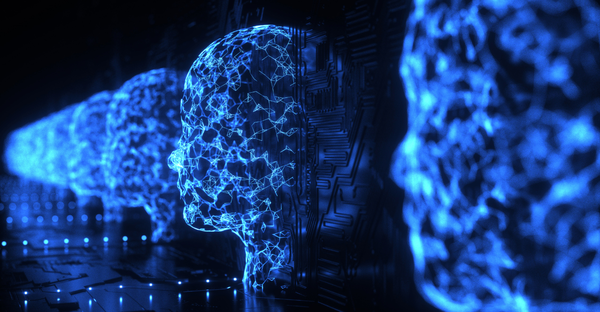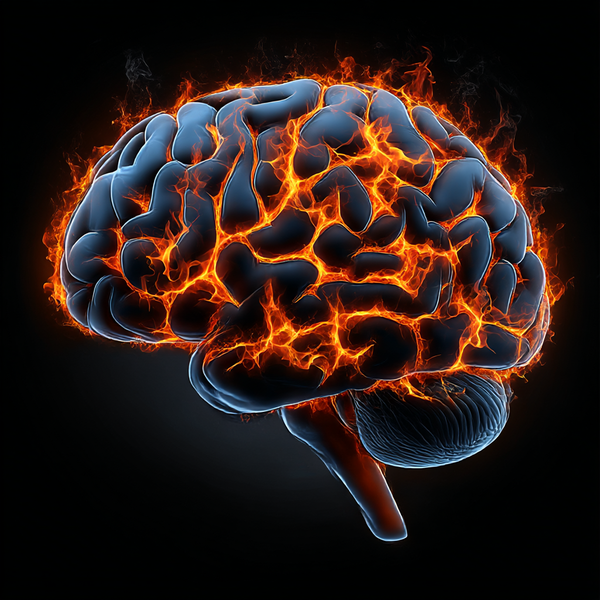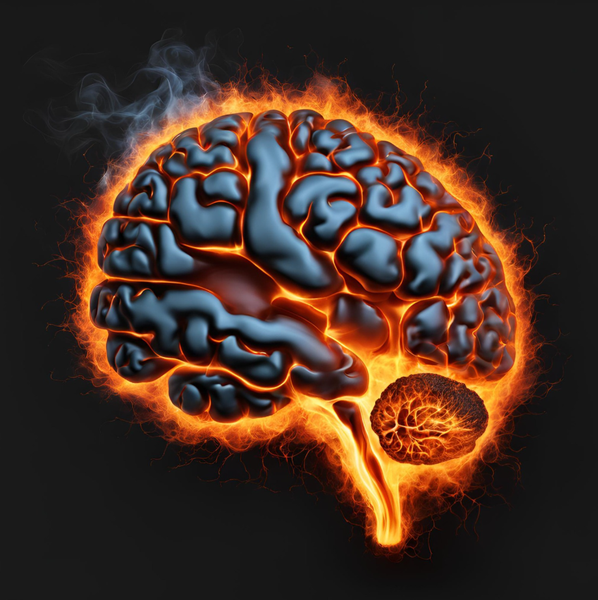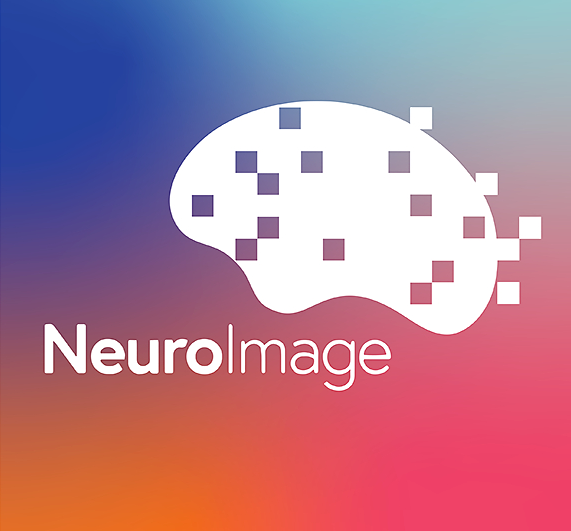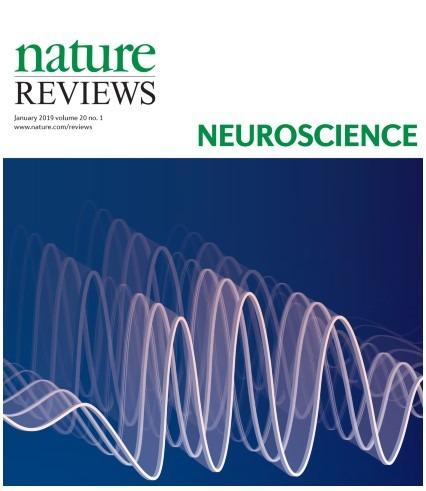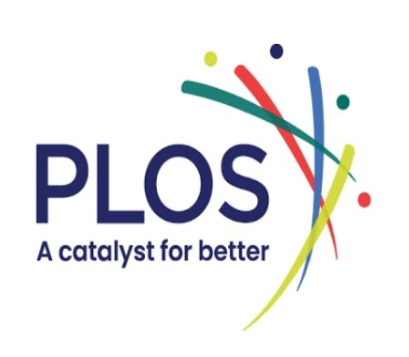PLOS Computational Biology
•
24th May 2017
Spontaneous cortical activity is transiently poised close to criticality
Brain activity displays a large repertoire of dynamics across the sleep-wake cycle and even during anesthesia. It was suggested that criticality could serve as a unifying principle underlying the diversity of dynamics. This view has been supported by the observation of spontaneous bursts of cortical activity with scale-invariant sizes and durations, known as neuronal avalanches, in recordings of mesoscopic cortical signals. However, the existence of neuronal avalanches in spiking activity has been equivocal with studies reporting both its presence and absence. Here, we show that signs of criticality in spiking activity can change between synchronized and desynchronized cortical states. We analyzed the spontaneous activity in the primary visual cortex of the anesthetized cat and the awake monkey, and found that neuronal avalanches and thermodynamic indicators of criticality strongly depend on collective synchrony among neurons, LFP fluctuations, and behavioral state. We found that synchronized states are associated to criticality, large dynamical repertoire and prolonged epochs of eye closure, while desynchronized states are associated to sub-criticality, reduced dynamical repertoire, and eyes open conditions. Our results show that criticality in cortical dynamics is not stationary, but fluctuates during anesthesia and between different vigilance states.


